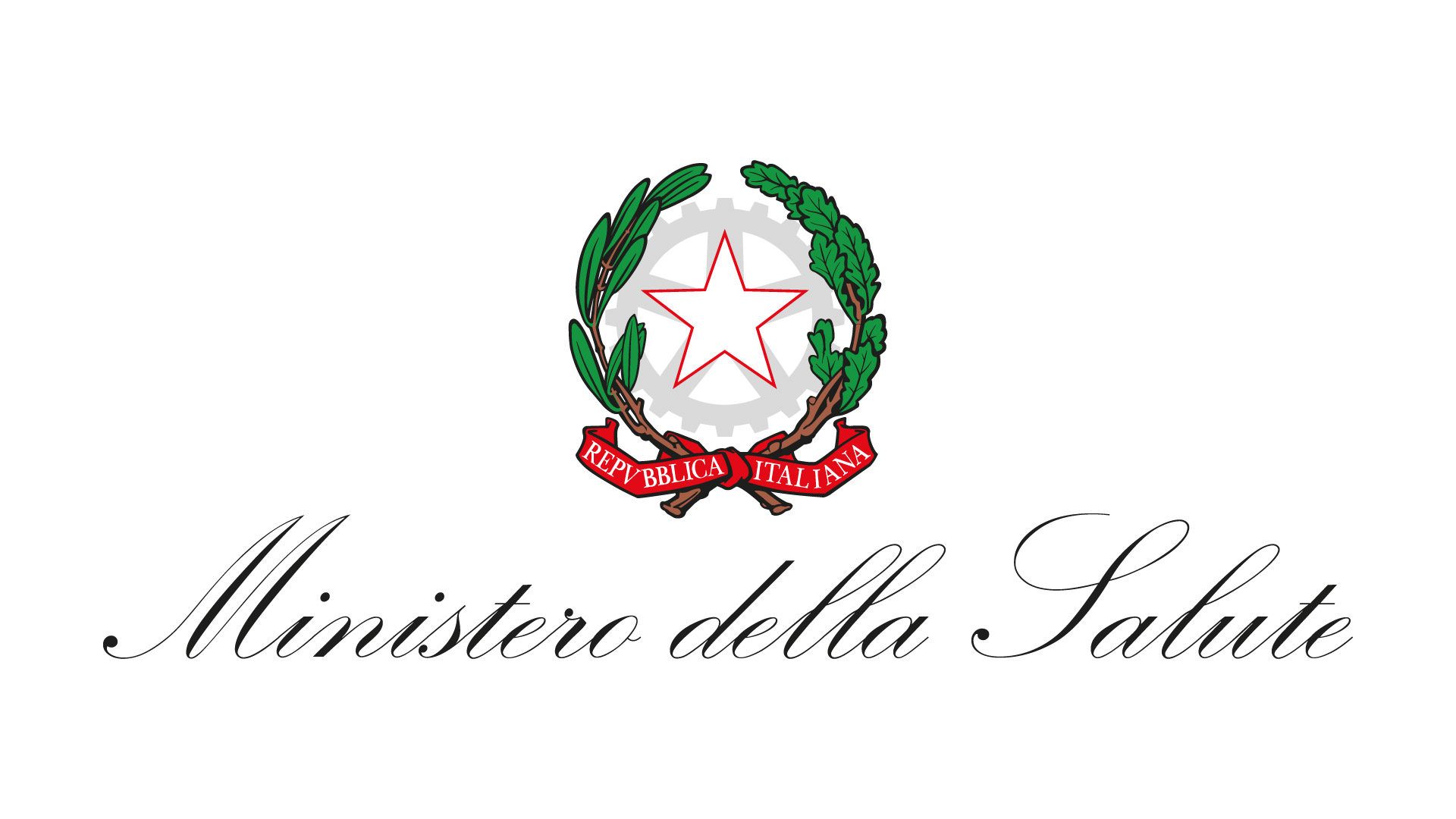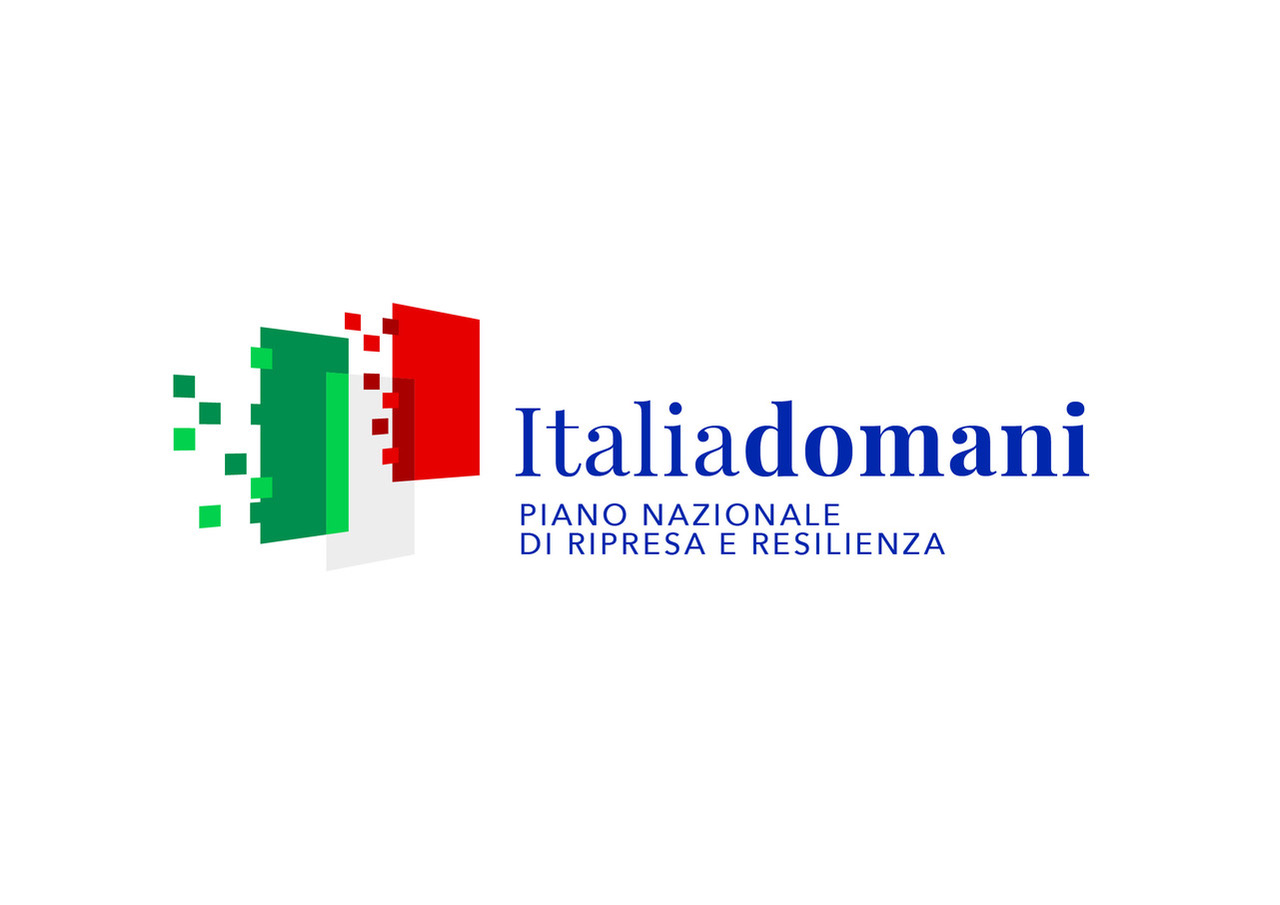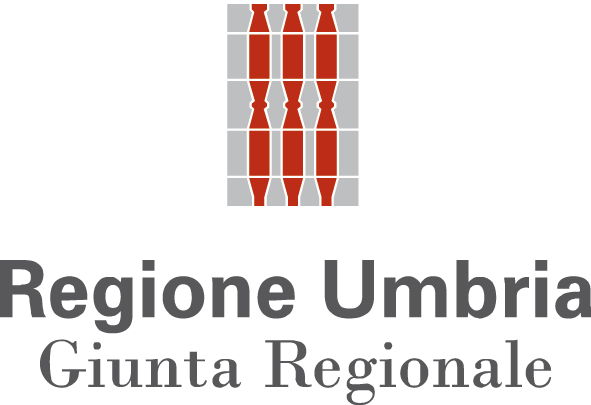GEOLOCALIZZAZIONE
CUP: F38I21003400001
IMPORTO TOTALE: € 3.295.012,00
Importo PNRR: € 3.295.012,00
Altre fonti: /
SOGGETTO ATTUATORE: REGIONE UMBRIA
SOGGETTO ATTUATORE ESTERNO: AZIENDA USL UMBRIA 2
DATA AVVIO: 28/2/2022
DATA FINE PREVISTA: 31/03/2026 (Presunta)
TARGET/MILESTONE: 30/06/2026, link al Ministero "Case della Comunità messe a disposizione e dotate di attrezzature tecnologiche"
DATA DI ENTRATA IN FUNZIONE: 31/03/2026 (Presunta)
DESCRIZIONE INTERVENTO/DESCRIPTION OF INTERVENTION:
IT:
L'intervento di ristrutturazione edilizia dell'ex Mattatoio di Narni, immobile della seconda metà dell'Ottocento in stato di abbandono, prevede opere edili finalizzate alla riorganizzazione degli spazi interni per l’inserimento delle attività sanitarie attinenti alla Casa di Comunità, conservando l’immagine e la memoria del bene vincolato. L’edificio oggetto di intervento è situato in adiacenza alle mura cittadine di Narni in via Cappuccini Nuovi, collocato su un terrapieno ad una quota più alta rispetto alla via Flaminia che conduce alla città storica medievale, e in adiacenza al muro di contenimento del versante collinare su cui si affaccia. Per il suo valore storico-simbolico è bene sottoposto a vincolo ope legis, ai sensi dell’art. 10, comma 1 del D.Lgs. 42/2004 e s.m.i. e ricade in un’area individuata dall’art. 136 D.Lgs 42/2004 come area di notevole interesse pubblico, quale parte del centro storico, e risulta essere sottoposta a vincolo paesistico ambientale e archeologico (L. 1497/39). Pertanto si realizza un recupero quasi “archeologico” del manufatto, conservandone quasi integralmente i prospetti in muratura (con la sola eccezione di alcune nuove aperture al piano terra necessarie alla funzionalità delle nuove attività sanitarie/assistenziali, previste con le caratteristiche compositive di quelle esistenti), consentendo la conservazione dell’immagine visiva consolidata e la memoria storica nei confronti dell’emergenza di Porta Ternana. Sotto l’aspetto strutturale il recupero prevede sostanzialmente il consolidamento delle murature esistenti e l’inserimento di una “scatola” in acciaio interna sulla quale si appoggiano gli elementi orizzontali, ripristinando così i due livelli spaziali. Anche il tetto viene ricostruito a padiglione, rispettando la tipologia e l'impiego dei materiali originali. Ai fini distributivi, il blocco scala-ascensore che collega i due livelli dell’edificio è individuato in posizione baricentrica dove originariamente insisteva un cortile, aspetto riportato e citato sulla falda di copertura con l’inserimento di una sorta di grande lucernaio vetrato bioclimatico che inonda di luce naturale lo stesso vano scala e i corridoi di distribuzione interni. La distribuzione interna delle varie attività sanitarie e assistenziali si articola adattandosi alla struttura muraria esistente: al piano terra è stata privilegiata l’area di accoglienza destinandogli un grande vano per l’accoglienza e l’informazione, mentre al primo piano le attività ambulatoriali. L'involucro e gli impianti adottano soluzioni innovative a basso impatto ambientale caratterizzate da un elevato risparmio energetico e viene garantita la necessaria progettazione della sicurezza antincendio.
ENG:
The renovation of the former Slaughterhouse in Narni, a building from the second half of the 19th century in a state of abandonment, involves construction works aimed at reorganizing the internal spaces for the integration of healthcare activities related to the Community House, while preserving the image and memory of the protected property. The building subject to the intervention is located adjacent to the city walls of Narni on Via Cappuccini Nuovi, positioned on an embankment at a higher elevation than the Flaminia road leading to the historic medieval city, and next to the retaining wall of the hillside it overlooks. Due to its historical-symbolic value, it is subject to legal protection pursuant to Article 10, paragraph 1 of Legislative Decree 42/2004 and subsequent amendments, and falls within an area identified by Article 136 of Legislative Decree 42/2004 as an area of significant public interest, being part of the historic center. It is also subject to landscape, environmental, and archaeological restrictions (Law 1497/39). Therefore, the project entails a nearly "archaeological" recovery of the structure, preserving almost entirely the masonry facades (with the sole exception of some new openings on the ground floor necessary for the functionality of the new healthcare/assistance activities, designed with compositional characteristics similar to those existing), allowing for the preservation of the established visual image and historical memory in relation to the Porta Ternana emergency.
From a structural standpoint, the recovery primarily involves the consolidation of existing masonry and the insertion of an internal "box" in steel on which the horizontal elements rest, thereby restoring the two spatial levels. The roof will also be reconstructed as a gable, respecting the type and use of original materials. For distribution purposes, the stair-elevator block connecting the two levels of the building is positioned centrally, where a courtyard originally existed, an aspect reflected on the roof slope with the insertion of a large bioclimatic glass skylight that floods the stairwell and internal distribution corridors with natural light. The internal distribution of various healthcare and assistance activities is organized in accordance with the existing masonry structure: the ground floor is prioritized for reception, featuring a large area for welcome and information, while the first floor houses the outpatient activities. The building envelope and systems adopt innovative solutions with a low environmental impact characterized by high energy savings, and the necessary fire safety design is ensured.
Link utili
Italia Domani, il Piano Nazionale di Ripresa e Resilienza
PNRR - Salute Piano Nazionale di Ripresa e Resilienza - Missione 6



